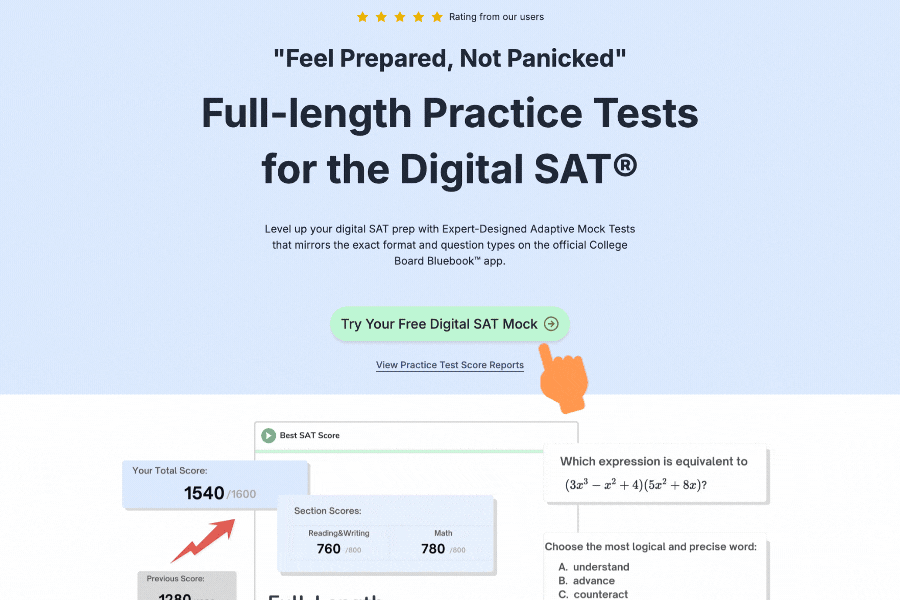Relevance in the Digital SAT
- Belongs to the Information and Ideas domain, the second of four core domains tested on the Digital SAT.
- SAT Reading and Writing sections are divided into several domains. After the Craft and Structure domain, the next is Information and Ideas, where "Central Ideas and Details" is the very first assessed skill.
- In a single testing module, you'll typically encounter 1-3 questions focused on "Central Ideas and Details."
- Approximately 3-6 questions accross the entire Digital SAT (~9% of the Reading and Writing section).
What This Skill Assesses
The "Central Ideas and Details" skill tests your ability to:
1. Understand the Main Idea:
- Identify the central message, argument, or theme of a passage or specific section.
- Distinguish between essential and non-essential information to avoid distractions.
2. Identify Supporting Evidence or Key Details:
- Locate specific details in the text that support or reinforce the main idea.
- Recognize connections between individual details and how they build the overall argument or narrative.
3. Draw Accurate Conclusions:
- Accurately summarize the content of the passage based on the central idea and supporting evidence.
